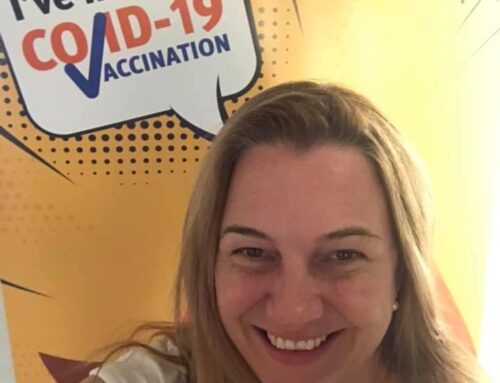There’s a lot of controversy at the moment about comments made by an outspoken Senator to the effect that Autistic children need to be removed from mainstream education.
Most of the responses have, understandably, focused on the rights of the autistic children. They have a right to an education, to a social life and not to be excluded. The same can and is said about adults with a disability or anything else which pushes them into minority status.
This powerful graphic popped up on my Facebook feed this morning. I cannot credit it because I don’t know where it came from but it clearly sets out differences between exclusion, segregation, integration and inclusion. Exclusion means just ignoring people who are different, segregation means setting them aside from the majority and integration is usually well intended but fails to identify the full potential of embracing differences. Inclusion means everyone working together towards a common goal – drawing on each other’s particular strengths.

One unfortunate thing about our work is we have to constantly focus on the negative outcomes for people with disabilities. Even relatively minor disabilities can and do result in people being excluded from the workplace as well as the broader community. We need to emphasise this reality to ensure that our clients are properly compensated for diminished earning capacity and loss of the amenities of life.
However, we also encourage schools, workplaces and community groups to look at ways in which they may be consciously or unconsciously excluding, segregating or failing to fully utilise the unique skills and talents of minority groups.
There is a lot of evidence that workers with a disability have lower rates of attrition and are more likely to be loyal to their employers. A diverse workplace is intrinsically stronger – people looking at problems from different perspectives will only add to the understanding of a situation.
In the context of the current debate – I also wonder about the loss to the neuro-typical kids if they were never to interact with kids on the autistic spectrum at school. The neuro-typical kids benefit from learning about difference and the way in which we can work together for strong, cohesive and effective teams.
Diversity is not just about human rights – it is also good management.






